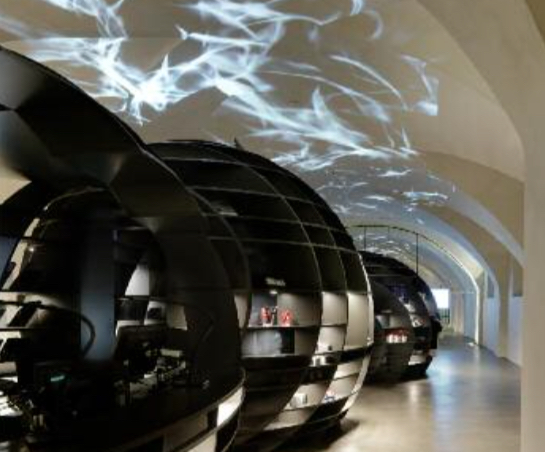Based in Graz, Austria, 13&9 was born in 2013 through an interdisciplinary partnership between architect Martin Lesjak and designer Anastasia Su after the pair won an international competition for their conversion and redevelopment of Cannon Hall at the Graz Armory, called Rolling Stones. Now — just three years later — the product design firm has received global acclaim for its eclectic product collections and original design philosophy.
Inspired by collaboration, 13&9 not only designs, produces and sells its own branded products, but it has also entered into several successful partnerships with top international manufacturers. The pair made its flooring debut last year in a joint venture with the Mohawk Group and had its second successful showing with additional carpet launches at NeoCon 2016. The team’s achievements in furniture, lighting, fashion, accessories, art, sound design and now flooring speak to 13&9’s inquisitive yet humble nature. Green Operations sat down with Lesjak and Su to get a deeper look into what makes 13&9 exceptional.

